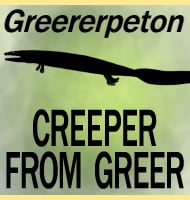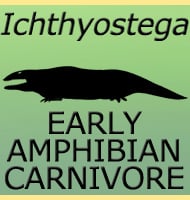Greererpeton
In Depth Greererpeton did not follow the other tetrapods onto land, instead it remained as an aquatic predator. Support for this style of life comes from poorly developed hearing, evidence of a lateral line (sensory apparatus found in fish), reduced limbs and an extended spine giving it a more eel like appearance. This suggests that … Read more

